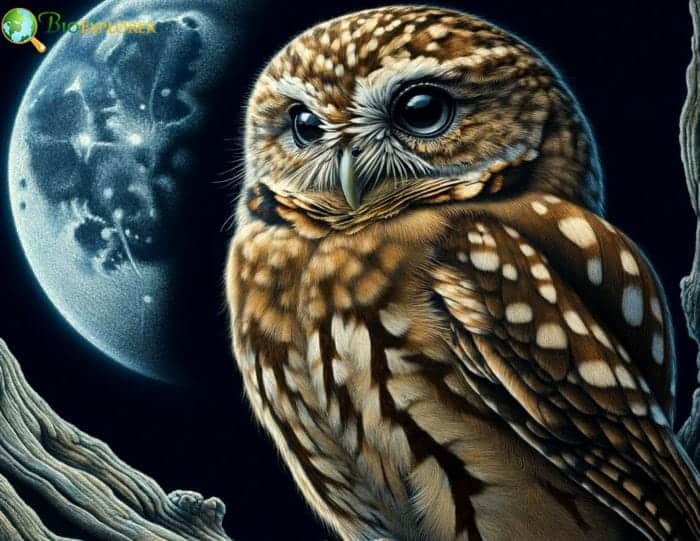
| Animalia | Strigiformes | Strigidae | Gymnasio | Gymnasio nudipes |
The Puerto Rican Owl or Puerto Rican Screech Owl (Gymnasio nudipes), also called the bare-legged owl or múcaro común in Spanish, is a secretive 20-25 cm endemic owl named for its featherless yellow legs.


- Common Name(s): Puerto Rican Owl, Puerto Rican Screech-Owl, Bare-Legged Owl, Múcaro Común
- Family: Strigidae
- Body Dimensions: 20–25 cm
- Male Plumage Color(s): Brown, Rufous or Gray Morphs
- Female Plumage Color(s): Brown, Rufous or Gray Morphs
- Habitat: Forests and Urban Areas
- Diet: Insects, Frogs, Lizards, Rodents, Birds
- Native Countries: Puerto Rico
- Continent(s): North America
- Taxonomy Classification Year: 1800
- Taxonomist(s): François Marie Daudin
Speaking of Rofous, check out the Argntina’s National Bird – Rufuous Hornero
Puerto Rican Owl Fun Facts

- Once ranging throughout Puerto Rico and the Virgin Islands, Habitat Loss has restricted this nocturnal hunter just to its namesake island.
- With three color morphs—predominantly brown, alongside rarer rufous and gray forms—the intricately patterned Puerto Rican Owl blends into humid forests and urban areas alike[1].
- Roosting in tree cavities by day, the Puerto Rican Owl emerges at dusk to prey on large insects like cockroaches, grasshoppers, and small vertebrates, including lizards, frogs, rodents, and other birds.
- Its three-note territorial song and namesake “cuckoo” call sound deceptively guttural for this round-headed raptor.
- Little studied, the Puerto Rican Owl appears to breed April-June, laying up to 3 white eggs in a clutch.
- While the species’ population status and stability in its restricted endemic range may warrant future monitoring, the adaptable Puerto Rican Owl is currently classified as Least Concern by the IUCN Red List, numbering over 10,000 mature individuals.
- This successful island colonizer has overcome habitat loss and ranges across various wooded areas. However, assessing potential threats from climate change, pollution, invasive species, and encroaching human activity should inform proactive conservation, given the Puerto Rican Owl’s small global footprint.
Protecting mature trees with nesting cavities will help Puerto Rico’s endemic “cuckoo bird” continue living up to its colloquial name.
Suggested Reading: Tropical Birds In Puerto Rico
Cite This Page
APA7MLA8Chicago
BioExplorer.net. (2025, December 19). Puerto Rican Owl. Bio Explorer. https://www.bioexplorer.net/animals/birds/puerto-rican-owl/.
BioExplorer.net. "Puerto Rican Owl" Bio Explorer, 19 December 2025, https://www.bioexplorer.net/animals/birds/puerto-rican-owl/.
BioExplorer.net. "Puerto Rican Owl" Bio Explorer, December 19 2025. https://www.bioexplorer.net/animals/birds/puerto-rican-owl/.











